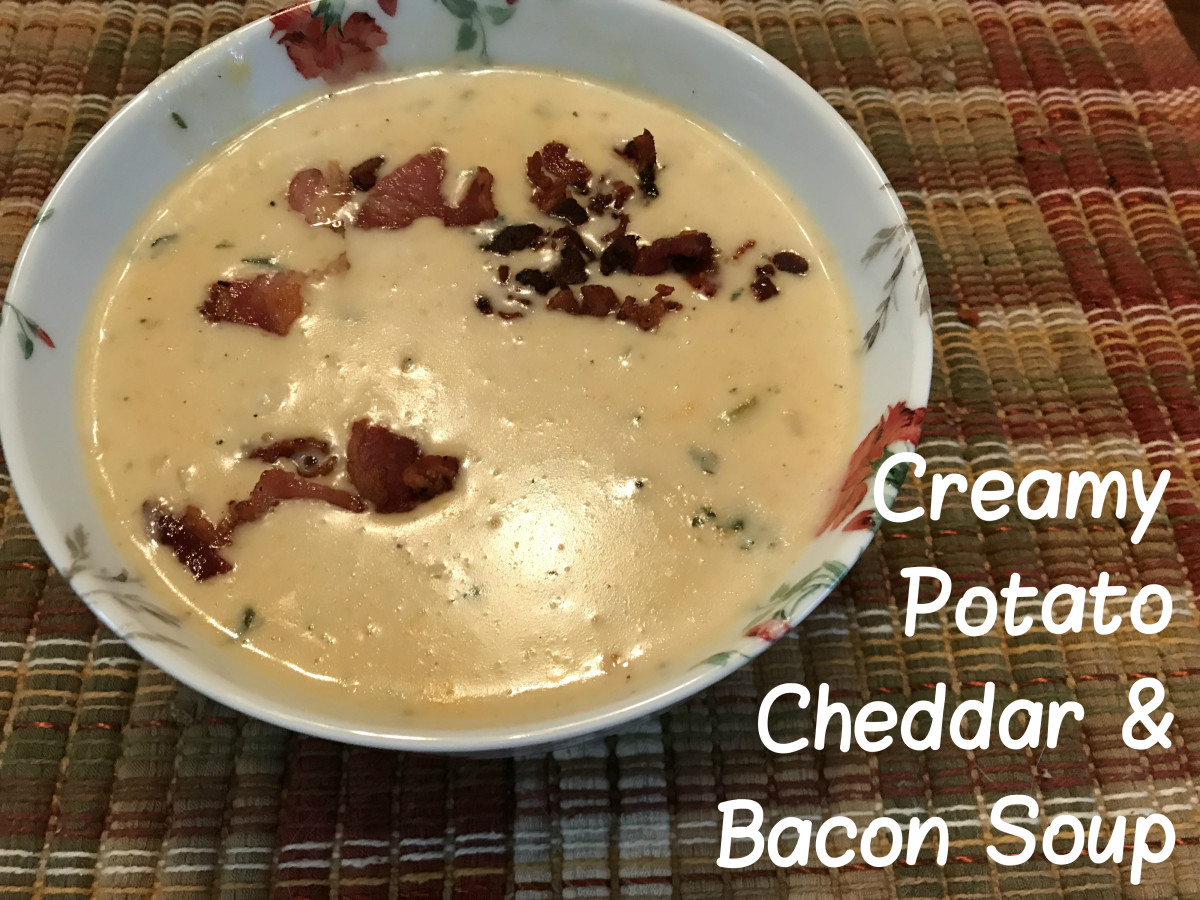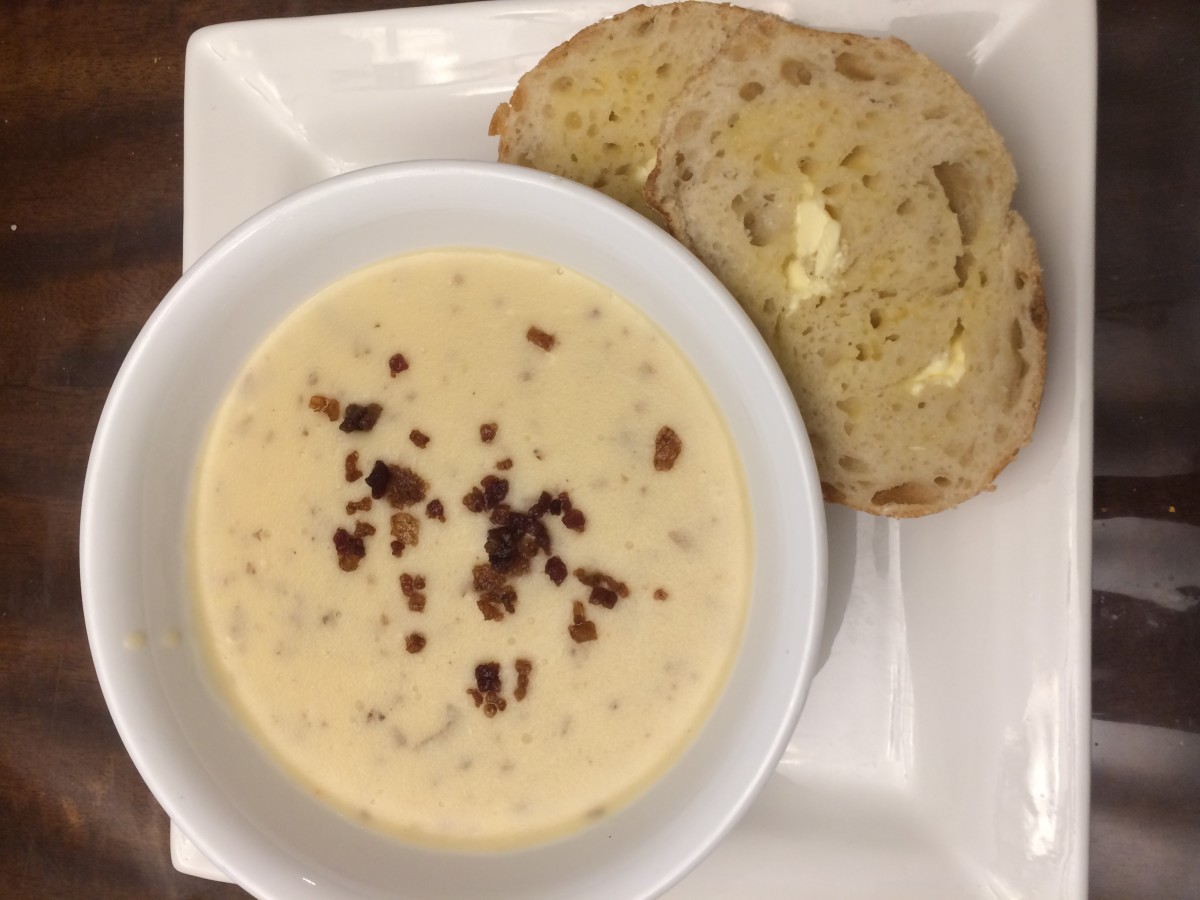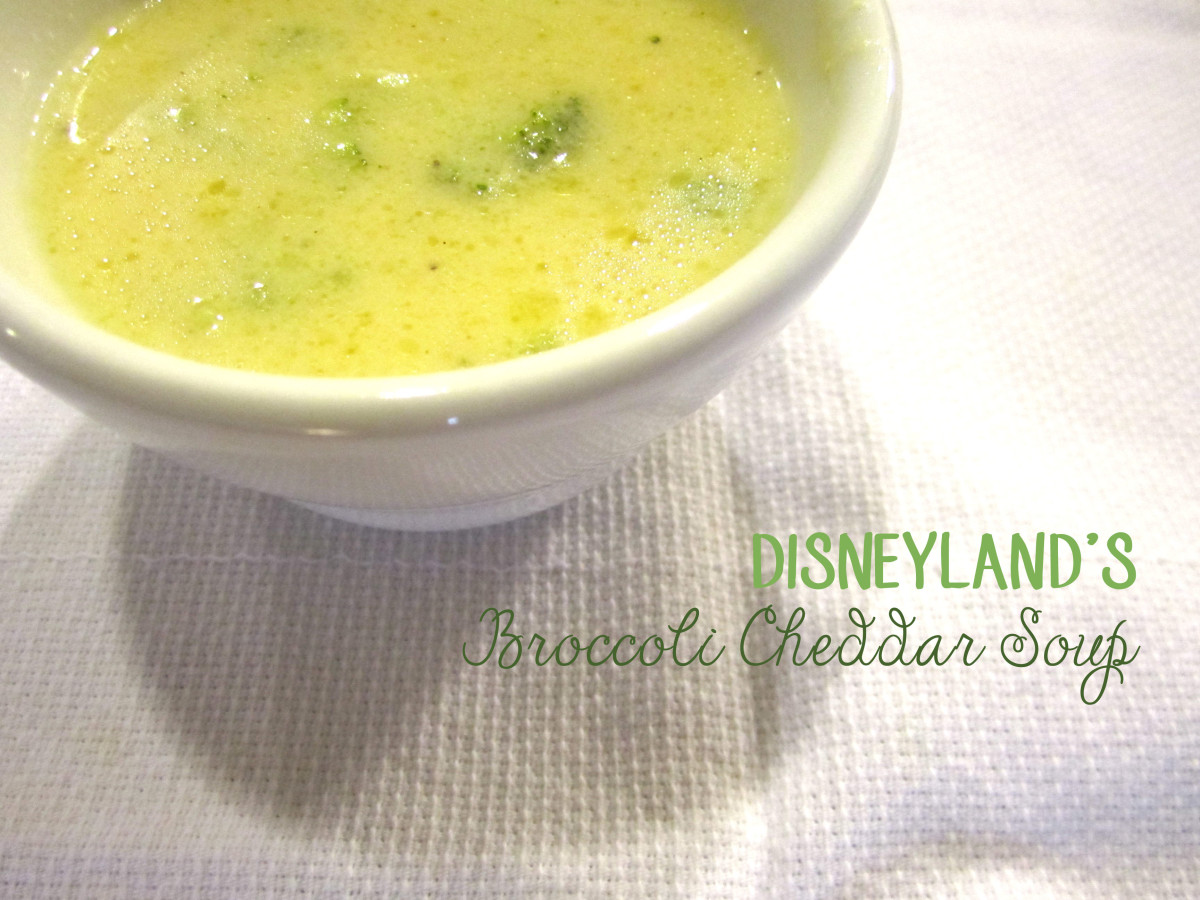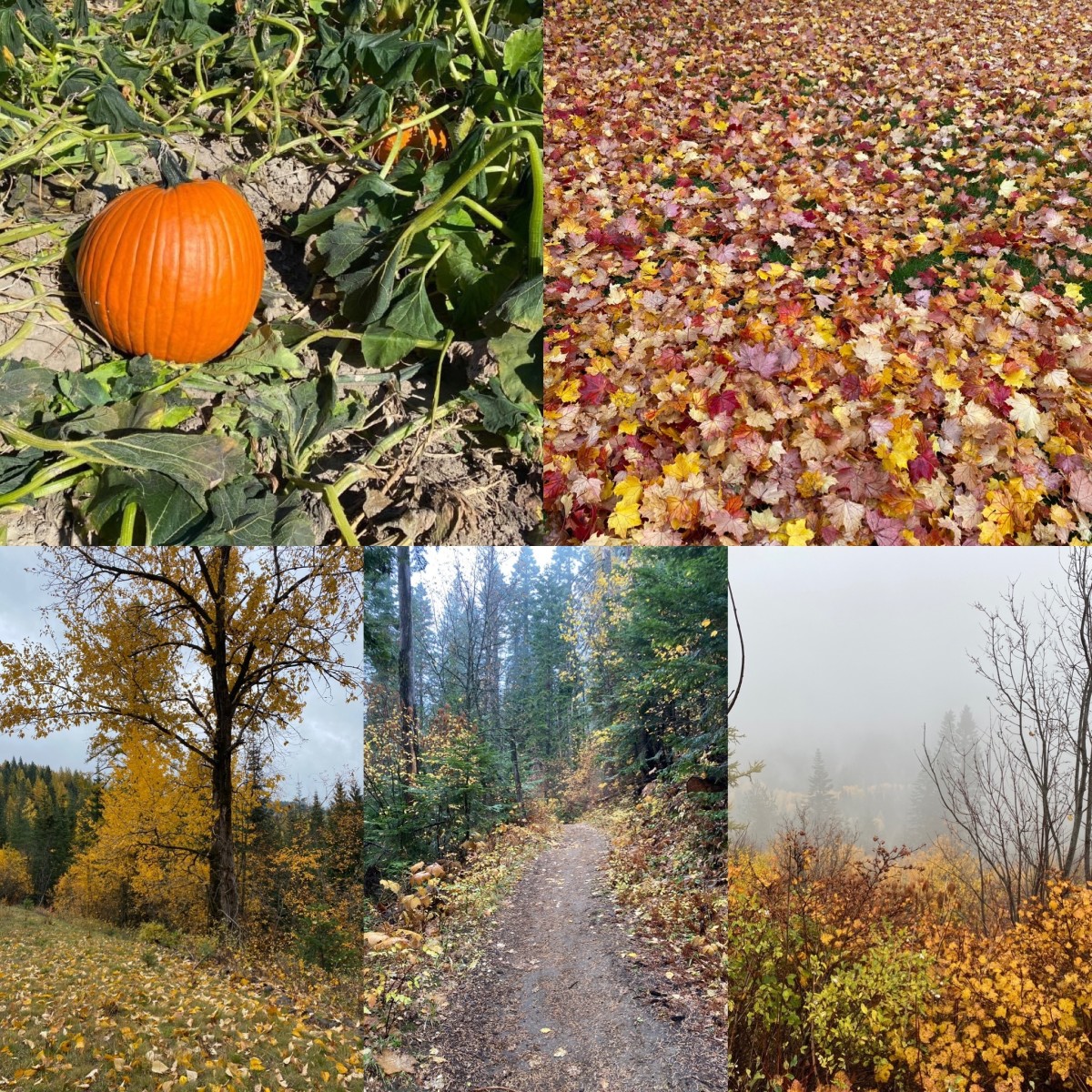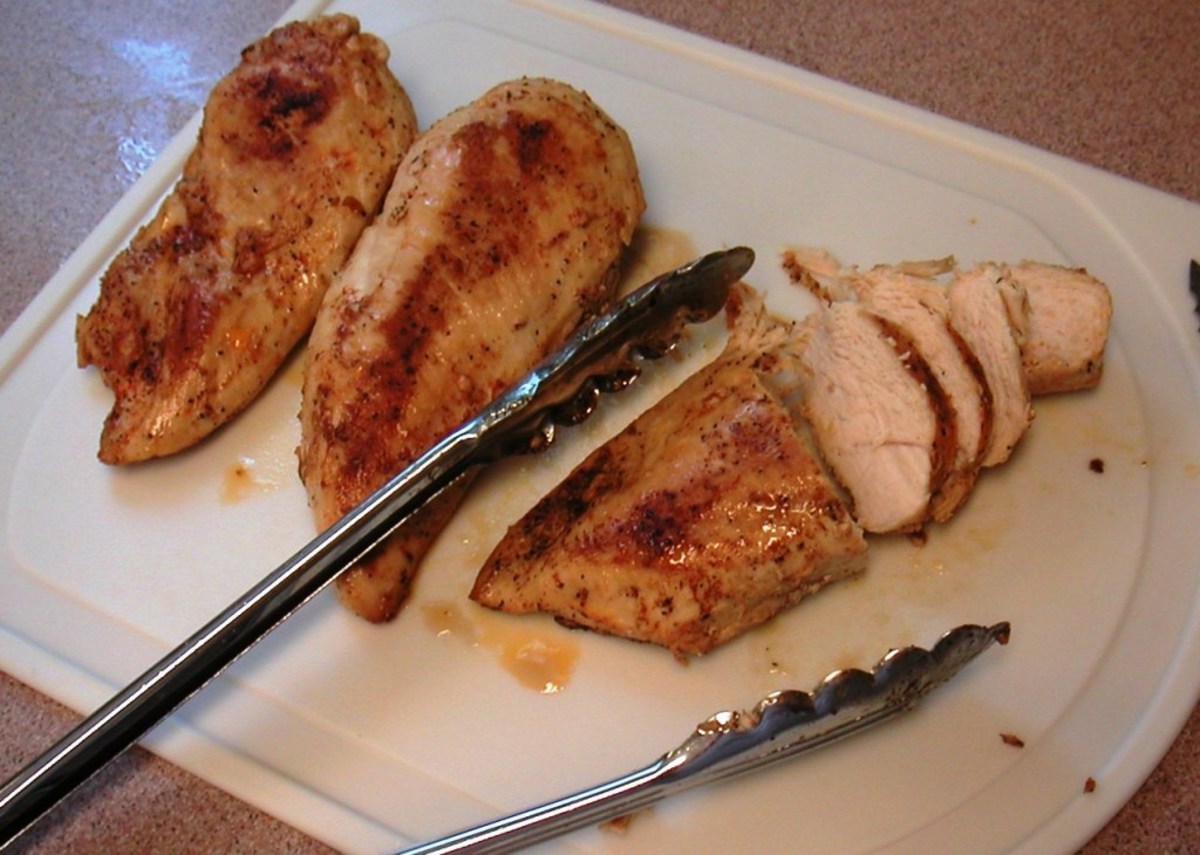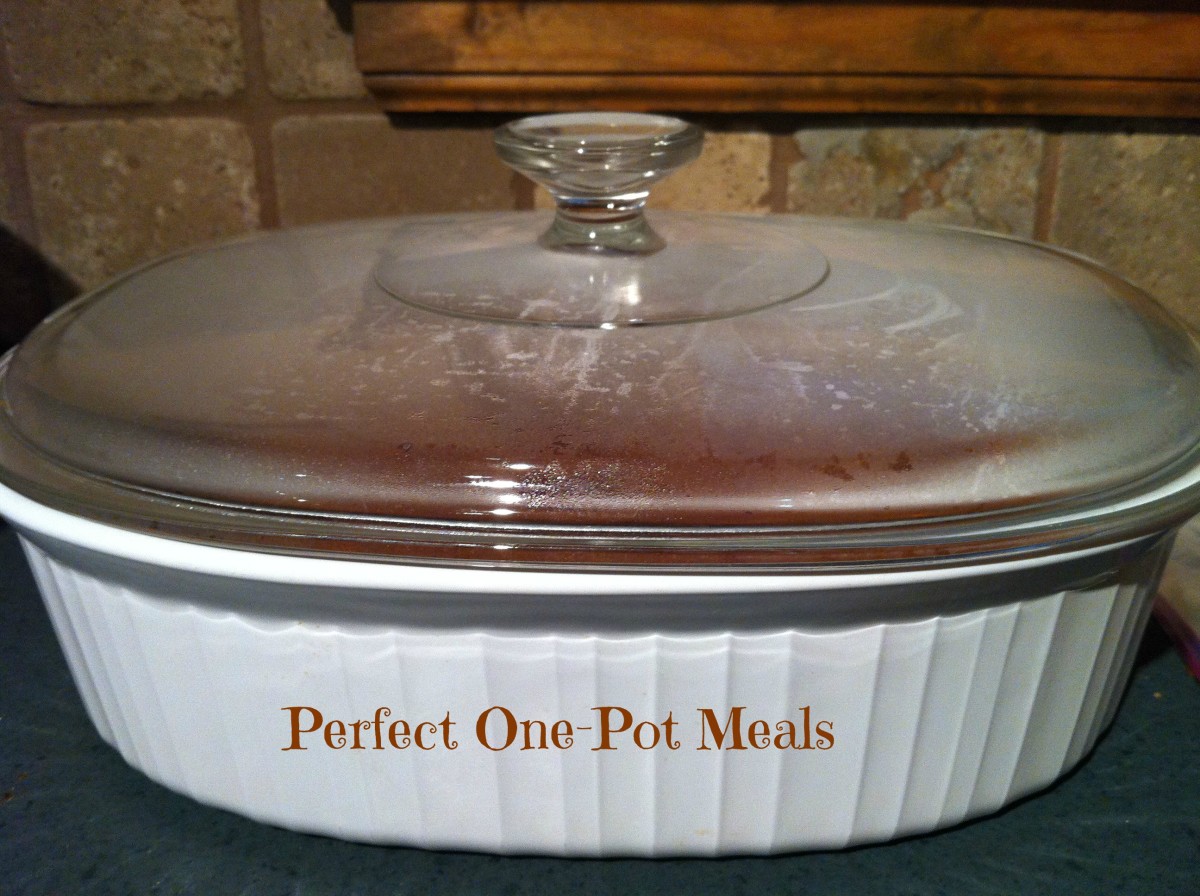Quick and Easy Cheddar Broccoli Soup
Soup is Served
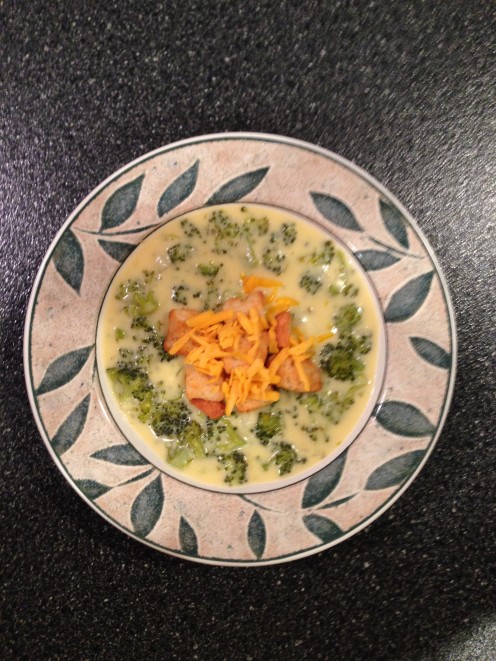
Steps to Prepare Cheddar Broccoli Soup
This soup is creamy and delicious and goes well as a side to a salad or sandwich. It also makes an excellent entrée topped with crumbled bacon, chopped green onions, and served with crusty bread. There are several steps in preparing this Cheddar Broccoli Soup. The first step is to clean and prepare the broccoli and cheese. Secondly, and this is always a good idea when preparing any recipe, measure out all the listed ingredients and set aside. Then, begin with making the white sauce and the other ingredients will go into this mixture. Enjoy!
Is Cheddar Broccoli Soup a Favorite of Yours? One star is "Not At All" and five stars is "Definitely A Favorite."
Suggestions for Speeding Up Prep Time
The suggestions below will help speed up the process at the time you want to serve the soup.
- Clean and cut broccoli a few days before planning to serve the soup.
- Grate the cheese, measure and store in refrigerator until needed.
- Blanch the broccoli until tender crisp and store in the refrigerator until needed. This will lessen the amount of time required for the soup to simmer before serving.
The Right Tool for the Job
Recommended Kitchen Utensils
- 6 quart kettle with lid
- Paring knife
- Whisk
- Long handled slotted spoon
- Ladle
Cook Time, Refer to Above Suggestions for Speeding Up Prep Time
How to Wash Broccoli
Cheddar Broccoli Soup Ingredients
- 8 tablespoons butter
- 1/2 cup chopped onion, optional, see other suggested options below
- 4 tablespoons corn starch
- 4 cups whole milk
- 2 teaspoons granulated chicken bouillon
- 1 teaspoon salt
- 1/8 teaspoon white pepper
- 8 ounces grated sharp cheddar cheese
- 3 cups fresh broccoli florets
- non-stick spray, optional
Broccoli Florets Versus Crowns
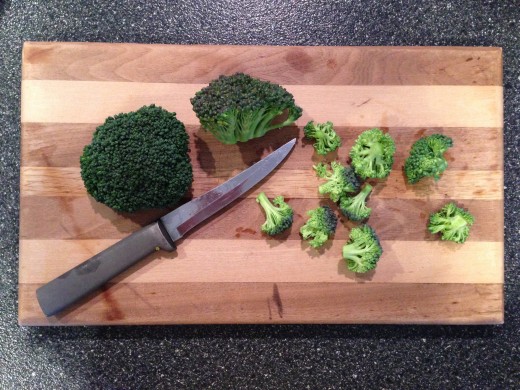
Dry Ingredients
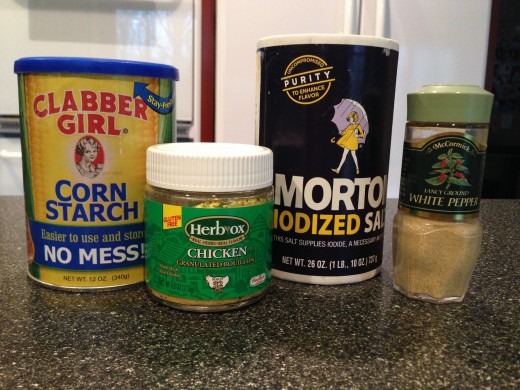
Optional Ingredients
- 1/2 cup chopped celery, added at the same time as the onion
- 1/2 cup carrot, julienned, added at the same time as the broccoli
- Increase the amount of broccoli listed above to desired thickness and taste.
Wet and Perishable Ingredients
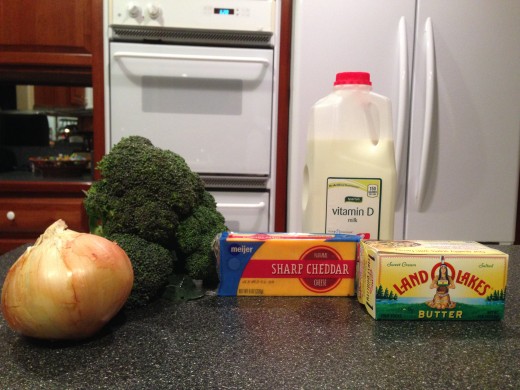
Instructions for Preparing Cheddar Broccoli Soup
- Wash broccoli and remove stems saving the florets. Set aside until after the white sauce is prepared. Refer to picture. If desired, blanch the florets for 5 minutes to reduce the amount of simmering time before serving.
- Grate the sharp cheddar cheese and set aside.
- Using 6 quart kettle, melt the butter on low. Add the chopped onion if desired. Simmer on low until onion is tender.
- Whisk in corn starch until completely blended. Increase temperature to medium to start bubbling slightly.
- When the butter mixture is slightly bubbly, slowly add milk while whisking. Add bouillon, salt, and white pepper. Whisk slowly until mixture comes slightly bubbly. Caution not to increase the heat too much too fast or the mixture may scorch and burn.
- When milk is medium consistency and bubbly, add cheese, stir slowly until melted. Fold in broccoli. If adding fresh broccoli, simmer for about 25 minutes stirring frequently to keep from sticking to bottom of kettle. If adding blanched broccoli. simmer for 10 minutes.
- Remove from heat and serve.
Cut and Prepare the Broccoli
Topping Options
The suggested toppings below can be used individually or combined for a flavorful accent.
- Crumbled bacon
- Green Onion
- Seasoned Croutons
- Shredded Cheese, Cheddar or Parmesan
Storing Leftovers
Any remaining soup can be stored for up to four days. A glass container such as a canning jar or bowl with a lid works well. You can also use a zipper plastic bag for storage, but don't reheat in it since the plastic could melt.
Why Use White Pepper Instead of Black
Both white and black pepper comes from the pepper plant, but they are processed differently. Black pepper is produced by harvesting the fruit from the pepper plant before it is fully ripened. The berries are dried with the outer covering still on which turns black during the drying process. White pepper is produced by picking the berries when they are fully ripened. They are hulled and turn white when dried.
Recipes light in color usually call for white pepper for appearance reasons. The flavor is slightly stronger bite so it is recommended to use less than you would for black pepper.
Source: McCormick Gourmet



